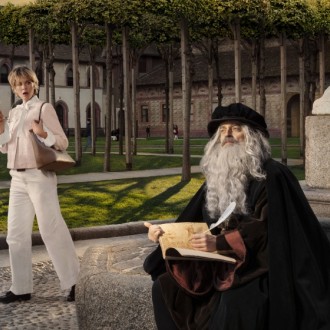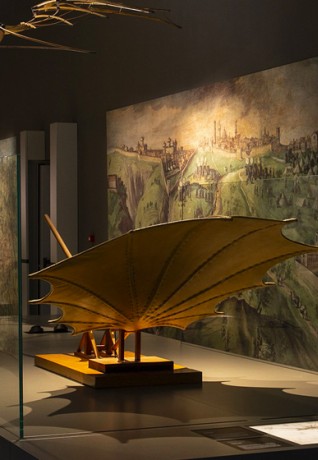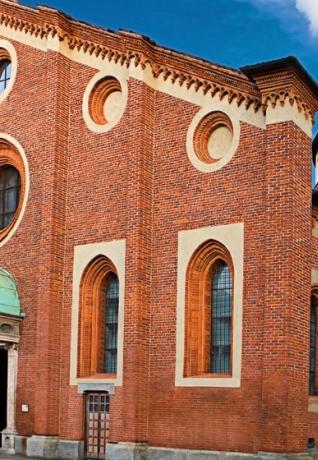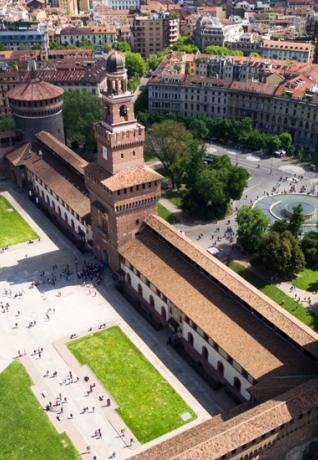Leonardo da Vinci
Infinite genius: artworks & interesting facts
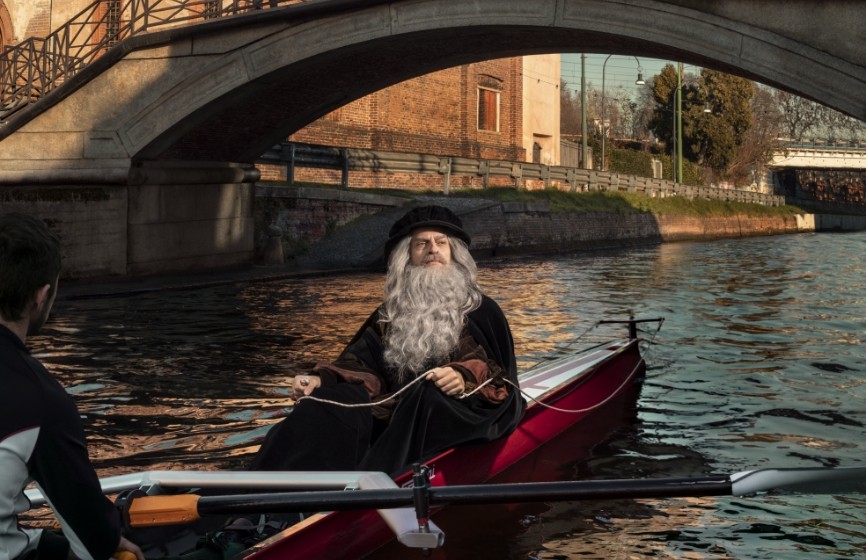
Artist and scientist - Vinci (Firenze) 15/04/1452 - Amboise 02/05/1519
On April 15th, 1452, a man destined to change the world was born in a small village called Vinci, near Florence: Leonardo Da Vinci.
His genius was evident from a very young age as he taught himself to write, read, study, draw and design, driven only by his boundless curiosity for the world around him. Master Da Vinci trained under Andrea del Verrocchio (a major artist in his own right) and lived in Florence until his thirties. He fully embodied the inquiring spirit of his time, applying his talent to the most disparate fields of art and knowledge. Incredibly, he was successfully a painter, sculptor, architect, engineer, anatomist, writer, musician and inventor: to this day, he is considered one of the greatest geniuses in the history of mankind.
The Tuscan prodigy’s approach to the city of Milan - where he spent the longest period of his life, almost 20 years - is clouded in myth. The painter Giorgio Vasari narrates that the eclectic Leonardo moved to Milan in 1482, under the patronage of Ludovico il Moro. He introduced himself as a military engineer and painter, and soon took part in a competition for musicians where he beat all the other participants by playing a silver lyre in the shape of a horse skull that he had built - of course - himself.
His artistic production in Milan was extensive and varied during his lengthy stay. In the city he painted two of his most enigmatic works: The Last Supper in the refectory of Santa Maria delle Grazie, and the Lady with an Ermine, now in Cracow. He also created two fundamental works that are still housed in the city: the Codex Atlanticus and the Codex Trivulzianus. Also of great importance are the town planning studies carried out during the plague in Milan (1484-1485).
2019 marked the 500th anniversary of Leonardo’s death. This was celebrated with a wealth of events, exhibitions and tributes. Leonardo died in France on May 2nd, 1519. At the time of his death, he had entrusted all his collection of notes and drawings to his friend and pupil, Francesco Melzi, and it is thanks to him that we can still study and admire the Master’s writings and projects, that would otherwise have been lost..
INTERESTING FACTS
The inauguration of Leonardo's Horse monument took place at the S. Siro Hippodrome on 10th September 1999. The sculpture, over 7 metres high, was carried out by Japanese sculptor Nina Amaku and was cast in a foundry near New York. It is based on the remaining sketches of the large horse commissioned by Francesco Sforza, originally conceived and modelled in clay by Leonardo in Milan, but never cast in bronze as it was intended.
An accurate record by the notary Ser Antonio da Vinci, Leonardo's grandfather, on the birth of his grandson dates back to 1452: “A nephew of mine was born, son of Ser Pietro my son, on Saturday April 15th, at 3 am. He was named Lionardo".
As with all iconic figures, many colourful anecdotes have flourished around Leonardo and undocumented and unverifiable tales have been handed down in time. It appears, for example, that he sang wonderfully but was at the same time endowed with exceptional physical strength, to the point of being able to bend a horseshoe with his hands, those same hands with which he painted and played with such grace and elegance.

 Log in
Log in
